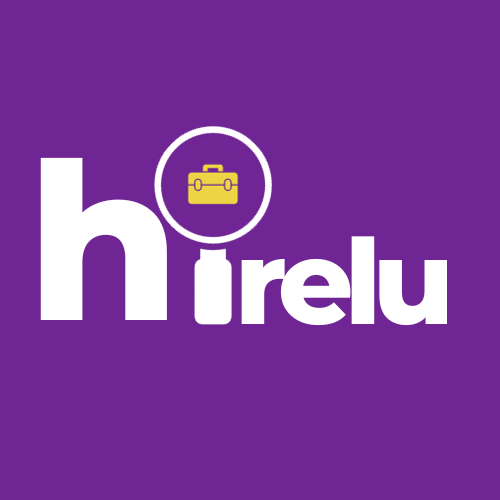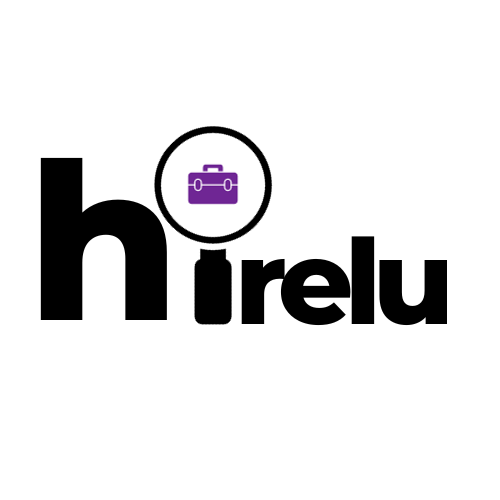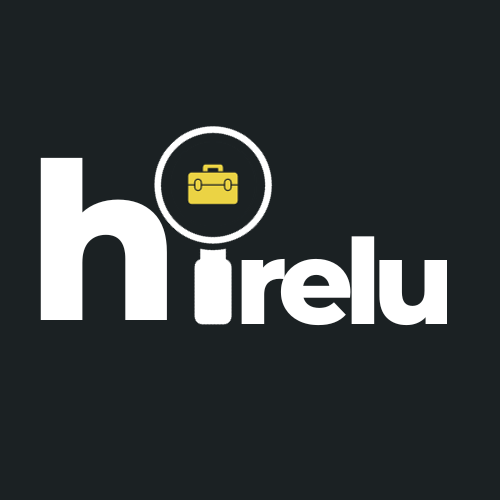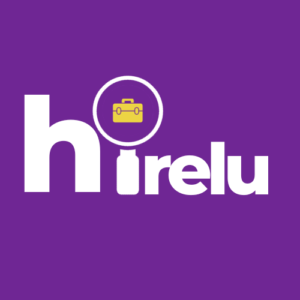A well-written resume is essential for anyone looking to land their dream job. It serves as a marketing tool that showcases your skills, qualifications, and experience to potential employers. With the competitive job market, it is crucial to have a resume that stands out from the crowd. Fortunately, there are various options available for creating a resume, including free resume writing tools and professional resume writing services.
Key Takeaways
- Free resume writing tools can save time and money while still producing a professional-looking resume.
- Resume writing services can provide personalized assistance and expertise in crafting a standout resume.
- A step-by-step guide can help ensure all necessary information is included in a resume.
- Different types of resumes, such as chronological and functional, can be used depending on the job and individual’s experience.
- Tips for creating an effective resume include tailoring it to the job, using keywords, and highlighting achievements.
Benefits of using free resume writing tools
Using free resume writing tools can be advantageous for job seekers, especially those on a tight budget. These tools are cost-effective as they do not require any financial investment. They provide templates and guidance on how to structure and format your resume, making it convenient for individuals who may not have prior experience in resume writing.
Some popular free resume writing tools available online include Canva, Resume.com, and Novoresume. These platforms offer a wide range of templates and customization options to create a visually appealing and professional-looking resume. They also provide tips and suggestions on what information to include in each section of your resume.
Resume writing service: What is it and how can it help?
A resume writing service is a professional service that specializes in creating resumes for job seekers. These services can be beneficial for individuals who want to ensure their resume is of the highest quality and effectively highlights their skills and experience.
There are different types of resume writing services available, including online services, freelance writers, and career coaches. Online services typically have a team of professional writers who specialize in various industries and can tailor your resume to specific job requirements. Freelance writers offer personalized services and work closely with clients to create customized resumes. Career coaches provide guidance on career development and can help you create a resume that aligns with your career goals.
How to write a resume: A step-by-step guide
| Section | Metrics |
|---|---|
| Personal Information | Name, Address, Phone Number, Email Address |
| Professional Summary | 2-3 sentences summarizing your experience and skills |
| Work Experience | Job Title, Company Name, Dates of Employment, Job Description, Achievements |
| Education | Degree, Institution Name, Dates of Attendance, Major/Field of Study, GPA (if applicable) |
| Skills | List of relevant skills, such as technical skills, language proficiency, or soft skills |
| Certifications and Licenses | Name of Certification/License, Issuing Organization, Date Obtained |
| Volunteer Experience | Organization Name, Dates of Volunteer Work, Job Description, Achievements |
| References | Name, Job Title, Company Name, Phone Number, Email Address |
Writing a resume can seem like a daunting task, but with the right guidance, it can be a straightforward process. Here is a step-by-step guide on how to write a resume:
1. Choose the right format: There are different types of resume formats, including chronological, functional, and combination. Choose the format that best suits your experience and career goals.
2. Include your contact information: Start your resume with your name, phone number, email address, and LinkedIn profile (if applicable).
3. Write a compelling summary statement: This is a brief overview of your skills, qualifications, and experience. It should grab the reader’s attention and entice them to continue reading.
4. Highlight your relevant experience: List your work experience in reverse chronological order, starting with your most recent job. Include the company name, job title, dates of employment, and a brief description of your responsibilities and achievements.
5. Showcase your education: Include your educational background, including the name of the institution, degree earned, and graduation date.
6. Highlight your skills: Create a separate section to highlight your key skills and qualifications that are relevant to the job you are applying for.
7. Include additional sections: Depending on your experience and industry, you may want to include additional sections such as certifications, volunteer work, or professional affiliations.
8. Proofread and edit: Before submitting your resume, make sure to proofread it for any grammatical or spelling errors. Edit it for clarity and ensure that it is concise and easy to read.
Understanding the different types of resumes
There are different types of resumes that job seekers can choose from depending on their experience and career goals. The three main types of resumes are chronological, functional, and combination.
A chronological resume is the most common type and is suitable for individuals with a consistent work history. It lists your work experience in reverse chronological order, starting with your most recent job. This format emphasizes your career progression and shows employers how your skills have developed over time.
A functional resume focuses on your skills and qualifications rather than your work history. It is ideal for individuals who have gaps in their employment or are changing careers. This format allows you to highlight your transferable skills and achievements.
A combination resume combines elements of both the chronological and functional formats. It highlights your skills and qualifications while also providing a chronological overview of your work experience. This format is suitable for individuals who want to showcase their skills while also demonstrating their work history.
Tips for creating an effective resume

Creating an effective resume requires careful attention to detail and a strategic approach. Here are some tips to help you make your resume stand out:
1. Tailor your resume to the job description: Read the job description carefully and customize your resume to highlight the skills and qualifications that are most relevant to the position.
2. Use action verbs: Start each bullet point in your work experience section with an action verb to make your accomplishments more impactful. For example, instead of saying “Responsible for managing a team,” say “Managed a team of 10 employees.”
3. Quantify your achievements: Whenever possible, include numbers or percentages to quantify your achievements. This helps employers understand the impact you had in previous roles. For example, instead of saying “Increased sales,” say “Increased sales by 20% in six months.”
4. Keep it concise: Your resume should be no longer than two pages. Use concise language and bullet points to convey information quickly and effectively.
5. Use keywords: Many employers use applicant tracking systems (ATS) to scan resumes for specific keywords. Make sure to include relevant keywords from the job description to increase your chances of getting noticed.
Common mistakes to avoid in resume writing
When writing a resume, it is important to avoid common mistakes that can undermine your chances of getting an interview. Here are some mistakes to avoid:
1. Using cliches and buzzwords: Avoid using generic phrases such as “team player” or “results-oriented.” Instead, provide specific examples that demonstrate your skills and achievements.
2. Including irrelevant information: Only include information that is relevant to the job you are applying for. Leave out any personal details or hobbies that are not related to the position.
3. Neglecting to proofread: Spelling and grammatical errors can make a negative impression on employers. Always proofread your resume carefully and ask someone else to review it as well.
4. Focusing on duties instead of accomplishments: Instead of simply listing your job responsibilities, focus on your accomplishments and the impact you had in previous roles.
5. Using a generic resume: Tailor your resume to each job application by customizing it to highlight the skills and qualifications that are most relevant to the position.
Tools for formatting and designing your resume
Formatting and design play a crucial role in making your resume visually appealing and easy to read. Here are some tips for formatting and designing your resume:
1. Use a clean and professional font: Choose a font that is easy to read, such as Arial or Calibri, and use a font size between 10 and 12 points.
2. Use headings and subheadings: Use headings and subheadings to organize your resume into sections, making it easier for employers to navigate.
3. Use bullet points: Bullet points make it easier for employers to scan your resume quickly. Use them to highlight your achievements and responsibilities.
4. Use white space effectively: Leave enough white space between sections to make your resume visually appealing and easy to read.
5. Use consistent formatting: Ensure that your formatting is consistent throughout your resume, including font size, spacing, and alignment.
Free online resources for resume writing
There are many free online resources available for resume writing that can help job seekers create a professional-looking resume. Here are some resources to consider:
1. Resume builders: Websites such as Resume.com and Novoresume offer free resume builders that provide templates and customization options to create a visually appealing resume.
2. Resume templates: Websites like Canva and Microsoft Office offer a wide range of free resume templates that can be customized to suit your needs.
3. Resume guides: Websites like The Balance Careers and Indeed offer free guides on resume writing, including tips and examples.
4. Online communities: Joining online communities such as LinkedIn groups or Reddit forums can provide valuable insights and feedback on your resume.
Putting it all together and taking action
Having a well-written resume is crucial for anyone looking to land their dream job. By using free resume writing tools or professional resume writing services, job seekers can create a resume that effectively highlights their skills and experience.
By following a step-by-step guide, understanding the different types of resumes, and implementing tips for creating an effective resume, job seekers can increase their chances of getting noticed by employers.
Avoiding common mistakes in resume writing, using tools for formatting and designing, and utilizing free online resources can further enhance the quality of your resume.
In conclusion, take action by using the tips and resources provided in this article to create an effective resume that will help you stand out from the competition and land your dream job.
Looking for a free resume writing tool that can help you stand out from the competition? Look no further! Check out Hirelu’s partners page, where you can find a variety of resources to enhance your job search. One article that caught our attention is “The Top 5 Resume Writing Tools for Free” on Hirelu’s blog. This informative piece provides valuable insights into the best tools available to create a professional and compelling resume. Don’t miss out on this opportunity to optimize your job application process. Read more here.






1 Comment
[…] valuable online resource is job search websites such as Indeed or Monster. These websites allow you to search for job opportunities based […]
[…] and formatting, the benefits of using an ATS Resume Checker, how to choose the right one for your job search, maximizing your job search with an ATS Resume Checker, and the future of job searching with ATS […]